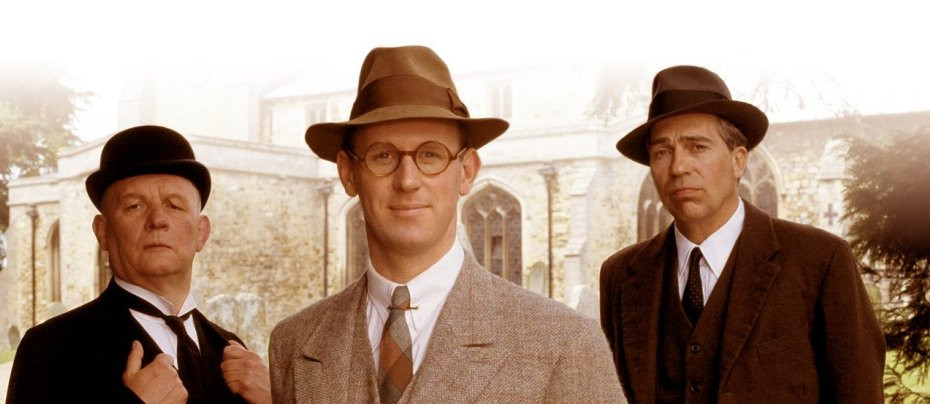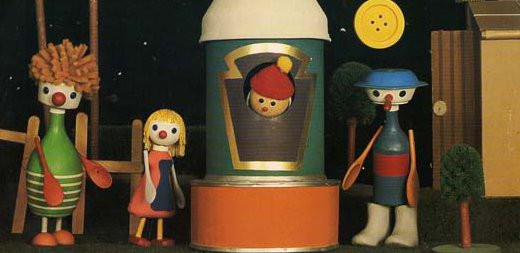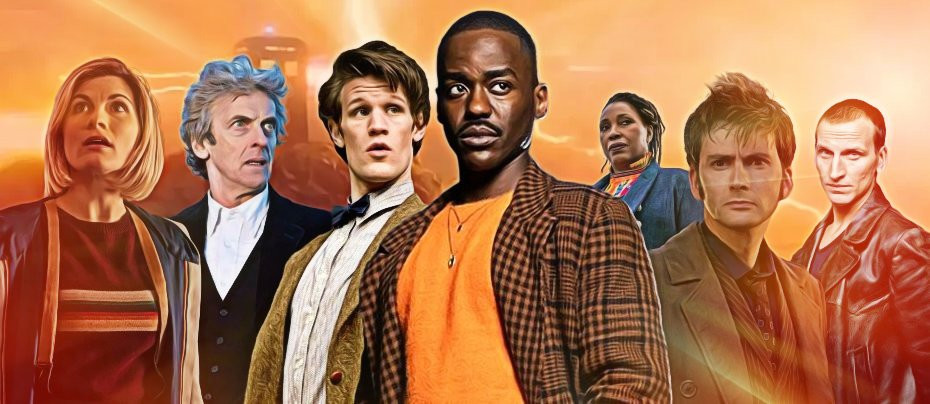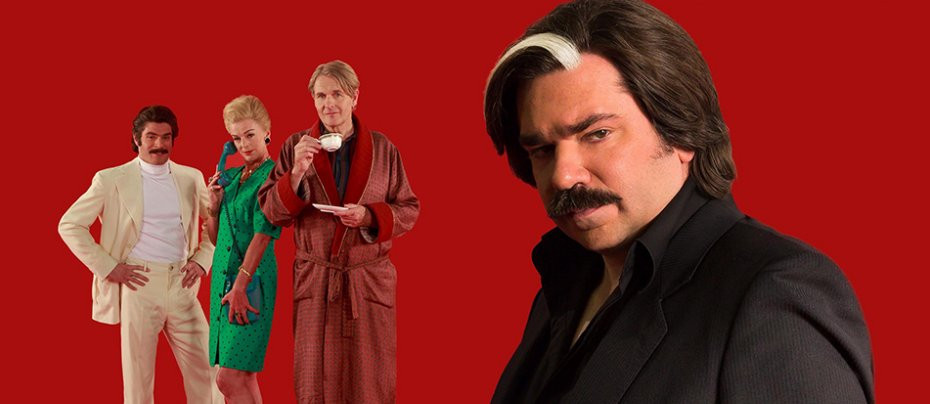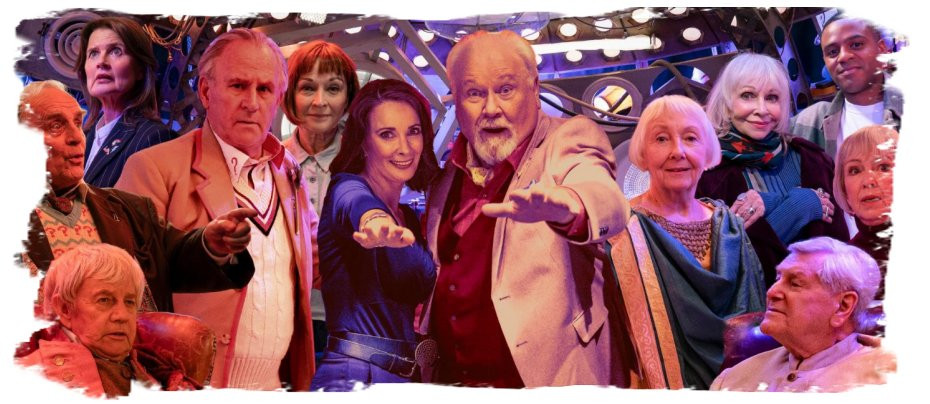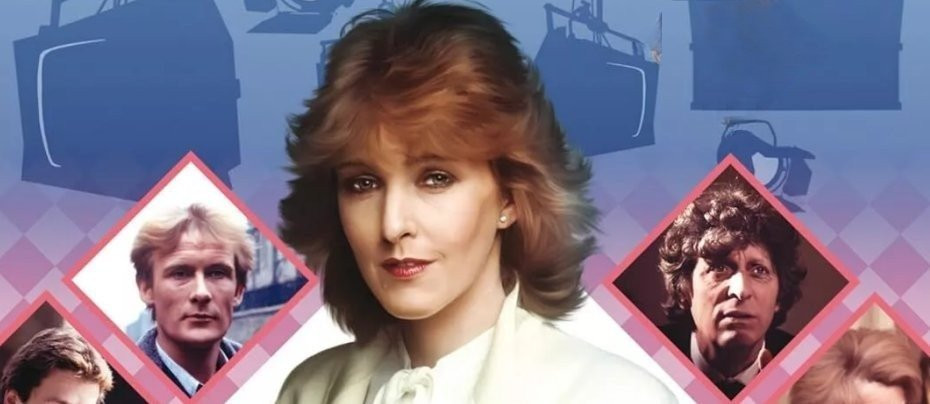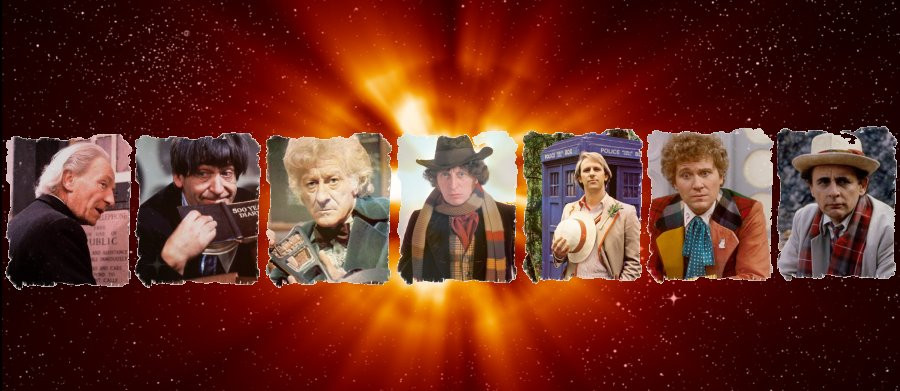The Moments Have Been Prepared For:
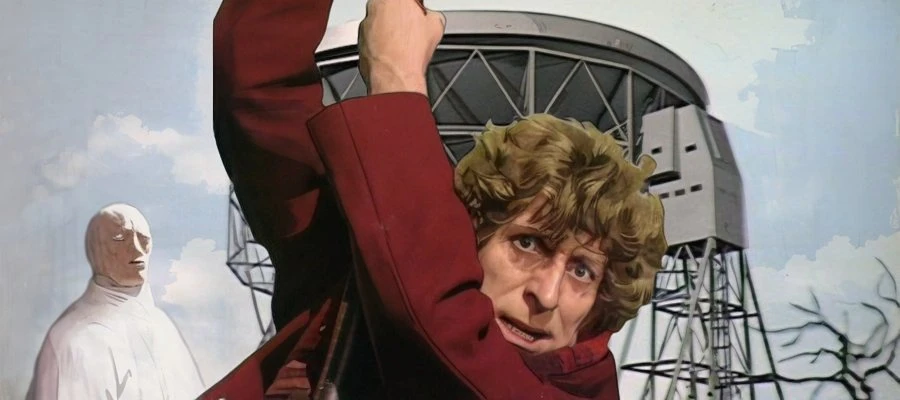
Foreshadowing in the Doctor Who novelisations Logopolis and Castrovalva
'It's the end, but the moment has been prepared for', says the Doctor as he is about to regenerate at the end of 'Logopolis' (1981). Foreshadowing occurs in Christopher H. Bidmead's televised Doctor Who's but this article focuses on examples of foreshadowing in Bidmead's Target novelisations of Logopolis (1982[1991]) and Castrovalva (1983).
There are particular instances of foreshadowing which are of concern here: of the Doctor's regeneration and of the collapse of the Castrovalvan world and escape, led by Adric. As noted elsewhere but in relation to the televised versions (source unknown), these moments are linked thematically where the Doctor dangling on a cable from the top of the antenna and falling is an act of self-sacrifice to save the universe from the Master in 'Logopolis' which is mirrored in 'Castrovalva' (1982) by Shardovan swinging on a beam into the web which is likewise an act of self-sacrifice to cause the Master's trap, the created town, to collapse. These moments remain in the novelisations.
In the novelisation Logopolis, then, there is foreshadowing of the Doctor's regeneration and the identity of the Watcher as the Doctor himself: 'I have dipped into the future' the Doctor replied…He was talking about a kind of future normally closed to him...his own’ (Bidmead 1991: 53-4). Towards the end of the novelisation the narrator tells us of 'the Doctor's perilous ascent of the Pharos antenna' and says that 'These were the conditions of the moment he knew had to come' (Bidmead 1991: 121). Therefore, there is a harking back to the original foreshadowing.
In Castrovalva, the moment which is prepared for is the collapse of the town, created through Adric’s mathematical skill and overseen by the Master, and brought about by Shardovan:
A breeze shifted the alignment of the mirror at that moment, replacing the reflection of (Tegan's) face in the silver frame with a glimpse of a huge white hill that rose up beyond the tree behind her. It was not the hill itself that made her mouth drop open with surprise...But surmounting the...rocks...was a neat townscape...in her excitement she brushed against the mirror, which tumbled from its perch and shattered unnoticed against the log. If she had turned to the mirror now she would have seen in it the image of the hill-top town broken into tiny fragments, a warning of the worst that was to come. (Bidmead 1983: 57)
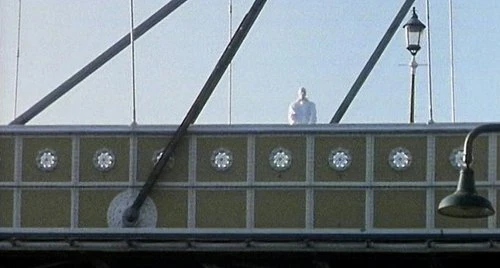
In these scenes what we have is a God-like omniscient narrator who oversees all and knows what is to come later. In the novelisation of Logopolis this narrator comments 'What it was that stopped (the Doctor) revealing everything (after the encounter on the bridge) he didn't say' (Bidmead 1991: 54). The Watcher is always presented as a nebulous figure from a distance and is seen on the bridge from Adric's point of view: 'Then Adric saw', ‘from where Adric stood' and 'Whatever the Doctor was saying' (Bidmead 1991: 52). The reader is put in the companion's position of not fixing the Watcher. But the omniscient narrator foreshadows the very end of the novelisation where Nyssa anchors the meaning that the Watcher was the Doctor all the time (Bidmead 1991: 126) when he gets into Nyssa’s mind and says 'there was something oddly familiar about the strange figure' and 'He seemed very like the Doctor in many ways' (Bidmead 1991: 108).
The omniscient narrator in Castrovalva meanwhile is, one could argue, a positive version of the Master. The Master oversees the town of Castrovalva, with the narrator and the author Christopher H. Bidmead lying above him. Therefore, in this respect, Castrovalva, which concerns the fictional town of Castrovalva with populated characters, is a metafiction reflecting on how it is created using narrative techniques.
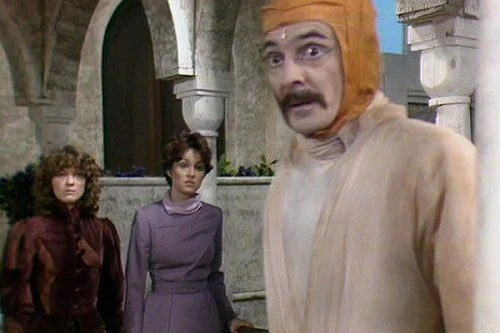
In Castrovalva there is further foreshadowing by this narrator of the collapse of the world. In the town, there is the image of a glass breaking, implicitly foreshadowing the collapse of Castrovalva: ‘The Doctor’s arm journeyed out towards the glass that Mergrave was proffering…But his hand was shaking, and the glass slipped from his fingers and broke on the floor’ (1983: 99). Furthermore, the name Shardovan implicitly foreshadows the collapse of the town and the word ‘shards’ actually appears late in the book where a description is given of the world falling to pieces, and no longer just an image in a mirror. The narrator is an omniscient one who uses the word ‘shards’ very deliberately and accurately to show how the name Shardovan was a case of foreshadowing:
The geography that had been...deceptive before was now blindingly baffling. A shuffled mosiac of the Castrovalva they knew, fractured into tiny shards of space, scintillating in front of their eyes. This was not some confused picture, a viewer screen gone wrong, the image in a mirror pummelled into fragments - it was the very space they occupied. (Bidmead 1983: 115)
The Doctor (as opposed to the Portreeve with his eye-glass in the televised version) indeed earlier looks at the tapestry with a magnifying glass but does not at first see the truth of what lies behind the tapestry (Bidmead 1983: 81). A chapter of the book is titled 'The World Through the Eyes of Shardovan' (Bidmead 1983: 98) and Shardovan is shown to perceive the reality of the town and helps the Doctor understand, before causing the world to collapse. The narrator states: ‘Shardovan saw the light in (the Doctor’s) eyes, and rejoiced in the understanding that passed between them. For the first time in his life Shardovan now managed to convey to a fellow being this haunting perception’ (1983: 104).
The narrator navigates events for the reader detailing characters roles who are themselves navigators. Just as Biroc is a navigator in Warriors' Gate, whose presence serves to bring the slave ship and the Doctor’s TARDIS to the gateway, in the Zero Room in Castrovalva, the Doctor describes Adric as the navigator (Bidmead 1983: 23). In the Warriors' Gate novelisation the foreshadowing is more explicit, though the explanation comes towards the end of the book:
Biroc had managed to glimpse as a unity the events that would follow if the privateer and the TARDIS were to be brought together at the gateway. There had been no randomness in his actions, and no indecision in his failures to act. When Biroc watched and did nothing, it was because he already knew what was ahead. (Lydecker 1982: 115)
But the navigating role is still one which Adric lives up to at the very end of Castrovalva when he, unlike Mergrave, can see (carrying on the theme of sight noted above) and leads the protagonists out of the town having at first created confusion (Bidmead 1983: 116). The narrator says that ‘To (Adric’s) eyes the town square was splitting down the middle…And in the centre of the earth’s dark turmoil was a distant patch of placid, tree-fringed sky, the hillside beyond Castrovalva’ (1983: 116). Adric's role here differs from Logopolis where he was not privy to the notion that the Watcher's appearance foreshadows the Doctor's regeneration and believes that the Watcher is the Master.
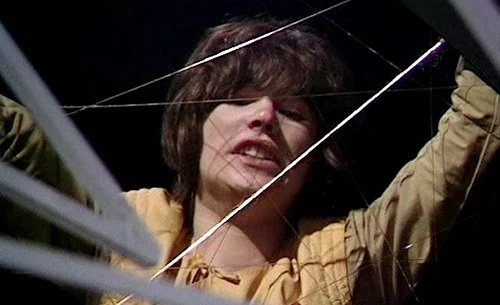
Reading the Target novelisations, then, raises some different ideas than the televised serials. Both create a mystery in both serials where, for instance, in ‘Castrovalva’ the Doctor and we are at first confused. But the foreshadowing differs at times where in the novelisations an omniscient narrator can comment and also get inside characters’ minds and also where particular language such as the word ‘shards’ is employed. Some foreshadowing remains the same such as Adric’s role as navigator. The televised serials have other effects of their own. For example, the televised version of 'Castrovalva' employs visuals such as a play with the grammar of television where characters move from left to right in one frame and then a character enters the next frame on the right, which looks odd and makes the serial into Escher text (Nathan-Turner 2001). Furthermore, there is rotational symmetry to indicate the difficulty of the Doctor and his companions finding an exit to the Castrovalvan town and a pixelated screen. There is therefore no final word on which versions - television serials or novelisations - are correct.
References
Doctor Who and Warriors' Gate by John Lydecker (London: Target, 1982), Doctor Who: Logopolis (London: Target, 1982 [1991]), Doctor Who: Castrovalva by Christopher H. Bidmead (London: Target, 1983), Interview with John Nathan-Turner (23 November 2001)
I’d like to thank Tim Harris, Dr Matthew Kilburn and Lewis Baston for their support. Thanks also to Anthony Brown and Chuck Foster for trying to help me locate a source, albeit unsuccessfully.
This article is dedicated to my dear friend Simon Heritage and to the memory of his partner Ricky Green (22/9/1978 - 10/10/2021)


